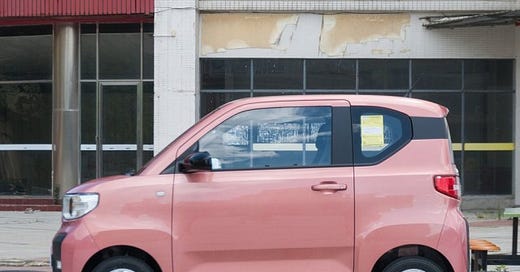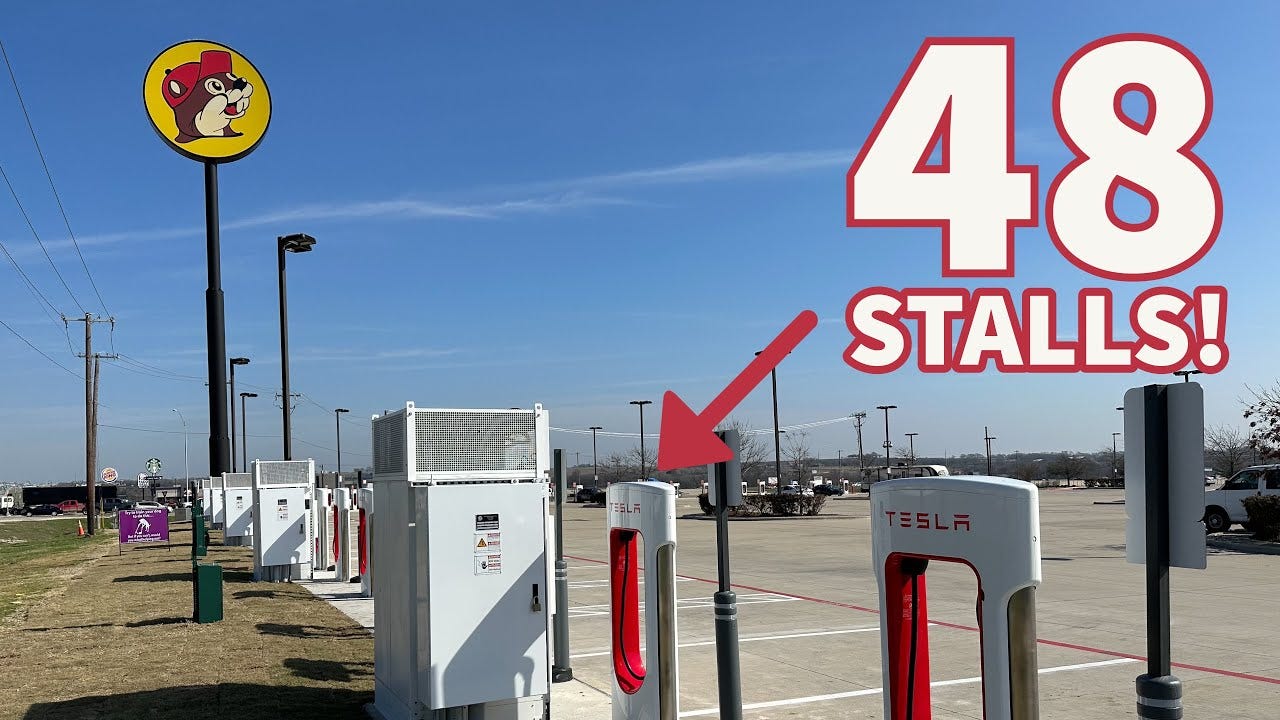Reporters and analysts have not come to grips with how the Electric Vehicle (EV) revolution is going to go, nor have they thought through its impact.
While the Internet and iPhone came on faster, these were internal revolutions. They didn’t change the world around us.
Mass EV adoption will.
Car repair shops will close. Gas stations will close, and a new EV charging experience will have to be built. There will be a surge in demand for electricity, meaning electric utilities are going to go through things. This will all take place while e-bikes scale, putting new demands on the road network (and taking some off).
The Next Six Years
Think of demand as an elongated “S” over time. When an innovation is new, sales are low. Producers keep their prices high to maximize profit. As the heart of the market moves in, margins compress, and low-cost mass production becomes key. Once most people have bought, you want to offer the lowest possible price, to grab as much market share as you can.
Through 2023, we’ve been at the low end of the “S.” This year’s buyers were early adopters. They can afford what’s new. Tesla pricing and Tesla’s valuation were built around them. But the mass market is price conscious. We consider the cost of every feature, but when we all decide we want something we get it quite quickly.
Mass market EV adoption is happening right now in China. BYD sells 300,000 EVs every month. BYD cars cost around $25,000. That’s a price a middle class family can afford. A GM joint venture already sells an EV costing just $5,000 in China. The BYD battery range, however, is competitive with gas powered cars. You can take it on a freeway.
Such cars are coming to our market. In a flood. Not just from BYD.
Every big car company says they’ll have $25,000 EVs a year from now. Tesla will have it. Ford will have it. Volkswagen will have it. So will all China’s EV makers. Hybrids and EVs will be competing directly for market share in a little over a year.
How The World Will Change
It’s what happens next that’s interesting. Just as solar panel costs didn’t stop falling after they became cheaper than coal, so it will be with EVs. That’s because an EV is a simple machine. The motor is a generator running in reverse. There’s no transmission. Most of the cost is in the battery.
By 2027 the cheapest cars will be EVs. Their range will be competitive with today’s gas-powered cars, about 300 miles per charge, and they will cost less. Infrastructure will be the most exciting part of the market.
All along the way there will be objections. Today it’s range and cost. It will become “where are you going to gas up,” and that too will be overcome. There will also be new, safer batteries. These innovations are already in the pipeline.
By 2030, most cars will be EVs. In terms of urban design, or societal change, it’s an eye blink.






The problem is generic to all vehicles. My old Scion had to be totaled after being struck at 5 mph a few years ago. They gave me $4k for what had been a mint condition old car that I loved dearly.
But Teslas are a particular problem in this regard, or so I've read.
EV repair costs are much, much higher.
My Tesla Model 3 was hit at low speed in stop-and-go traffic in October by a Jeep. Minor fender-bender. The repair cost is $12,000. Had it been an ICE vehicle, it would have been a fraction of that cost.